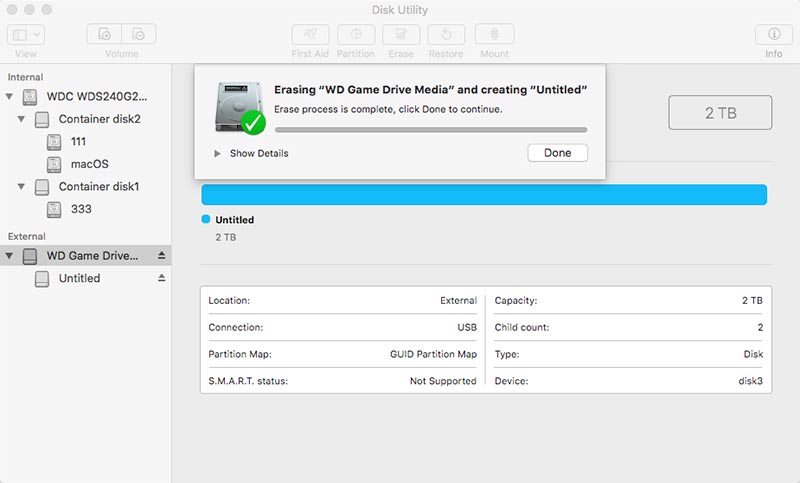
- #FORMAT THUMB DRIVE FOR MAC AND PC SCHEME HOW TO#
- #FORMAT THUMB DRIVE FOR MAC AND PC SCHEME SOFTWARE#
#FORMAT THUMB DRIVE FOR MAC AND PC SCHEME HOW TO#
SUBSCRIBE for more how to DJ videos from the world's biggest DJ school. And it can format Seagate drive as FAT32 without the limitation of 32GB in partition size as well.
#FORMAT THUMB DRIVE FOR MAC AND PC SCHEME SOFTWARE#
Another disadvantage is if you're formatting a thumb drive larger than 32GB using a Windows PC, you need to download extra software in order to do the formatting. It is able to format Seagate hard drive or USB flash drive as exFAT file system easily and effectively in Windows 10/8.1/8/7, XP, and Vista. That's not a problem though if it's a USB stick for spinning since you probably don't have a song that's got a file size that huge. Sure FAT32 has its disadvantages: it's an older file system, so you can't add a file larger than 4GB to it.

So that brings me, whats the best format to have your flash drive, if you will be using it back and forth between Mac and PC units. The file being bigger than 4GB would not go on it, seeing how FAT32 cant handle it. This ensures read and write compatibility with both Windows and Mac computers, and guarantees compatibility with Pioneer DJ's CDJs as well as other media players including the Denon DJ SC5000 Prime.Īt the time of this writing, it's the closest thing we've got to a "near-universally compatible" file system. I was recently trying to put a file on a 16GB flash drive that is formatted via FAT32. That's why if you're going to be spinning with a USB drive, we recommend formatting it to FAT32. Pioneer DJ's CDJ media players are also able to read music files from drives formatted with FAT32 (FAT 16 and HFS+ are also included).įAT32 works on both Windows PCs and Macs, and it's the recommended file system format by Pioneer DJ when it comes to CDJ and XDJ use.

However, there is one file system that both Macs and PCs can read and write to: FAT32. Macs can read NTFS thumb drives, but can't write to them. Here's a cheat sheet: modern Windows computers use the NTFS system (or exFAT if newer), and Macs use the HFS+ (MacOS Extended Journaled) system. WARNING: Formatting the drive will erase all data on the drive, so you should copy any data you want off the drive prior to formatting. If APFS is not available then the drive is in MBR and not GUID Partition Map. There are lots of file systems out there, some are compatible only with Windows computers, some only with Macs, and some are readable by both Macs and PCs, but can only be written to by either a Mac or a PC. Set Format to APFS NOTE: Make sure that Scheme is set to GUID Partition Map and not Master Boot Record (MBR). Formatting it lets you specify what file system you want it to use. Here I show how to reformat your thumb drive (or hard drive) to ExFAT format so that you can transfer larger files. One way to troubleshoot is to make sure you've got the USB thumb stick formatted properly using a file system recognised by the CDJ or XDJ.Ī file system is a hard drive's way of organising data. Maybe you plug it into an XDJ-RX and track waveforms don't appear as they should. But that's not always the case: sometimes the drive can't be read by an older CDJ. Spinning with CDJs and thumb drives is straightforward: you plug a thumb stick into a CDJ's USB slot, and you're all set.

Formatting a thumb drive larger than 32GB on a PC? Get FAT32 Format:


 0 kommentar(er)
0 kommentar(er)
